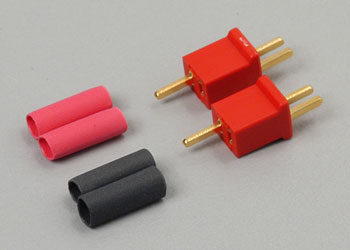I've sold my Cockatoo (some setup notes and pics still to come I hope...), and along went most of my other gear, batteries, charger, Tx, two RMG's etc. So I'm slowly replacing everything during the long and dark Finnish winter - hopefully to see an operational new Noux sailing in April '07 or so...

Here's the new charging system - very similar to the one I used previously. The charger is the new updated 'Plus' version of the Jamara X-peak 3. This charger is also sold under numerous other names (swallow, etc.). The plus version has slightly increased maximum charging and discharging current specifications compared to the old one, otherwise it's mostly the same. A backlight has been added to the lcd screen - useful in dark and dim places. It runs off 11-15 VDC so at home I use a switched mode powersupply (black, right) to transform mains electricity to 12 VDC at max 2.5 A. I chose the 30 W PSU for it's convenient size, it fits in the toolbox whenever I go sailing, but it does mean I'm limited to max 2.5 A charging current. The switched-mode circuitry will accept any AC voltage between 100 and 240 V, so abroad I can simply use an adapter (white plugs, bottom). At a sailing place without mains electricity, an adapter for the cigarette-lighter connector in a car (left) can be used.

The new batteries are AA Sanyo cells with a capacity of 2700 mAh. I got the spot-welded from beatcom, much better than risking damage to the cells when soldering by hand. I've fitted a transparent heat-shrink myself - I'm hoping it will allow me to spot any leaking cells or corrosion on the contacts. I got a pack for the Tx also, which with the DX6 voltage regulator mod should last for more than a whole sailing day.

Since a few years now I'm using the Deans Micro 2R plugs. It's a nice system where the plugs are identical, you just switch polarity between battery and charger (in my system the battery + pole is connected to the pin). I like the fact that these have no moving parts, are gold plated, and can be assembled without any special tools (just a soldering iron). They're also small (I understand these are popular with indoor flyers) and are rated for a high current.